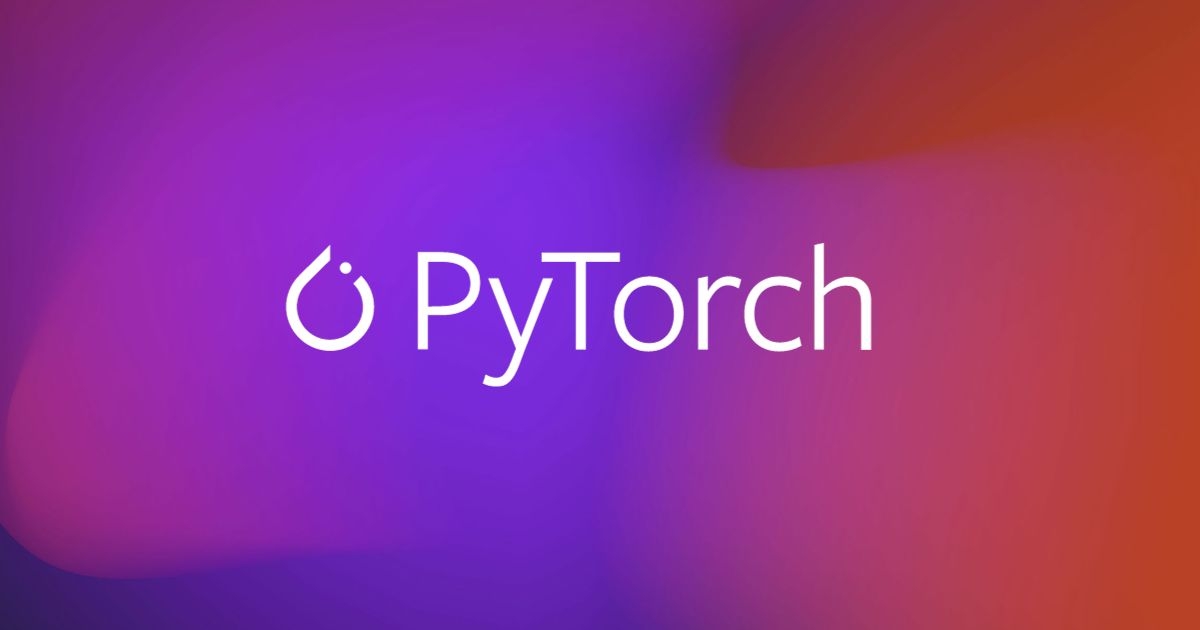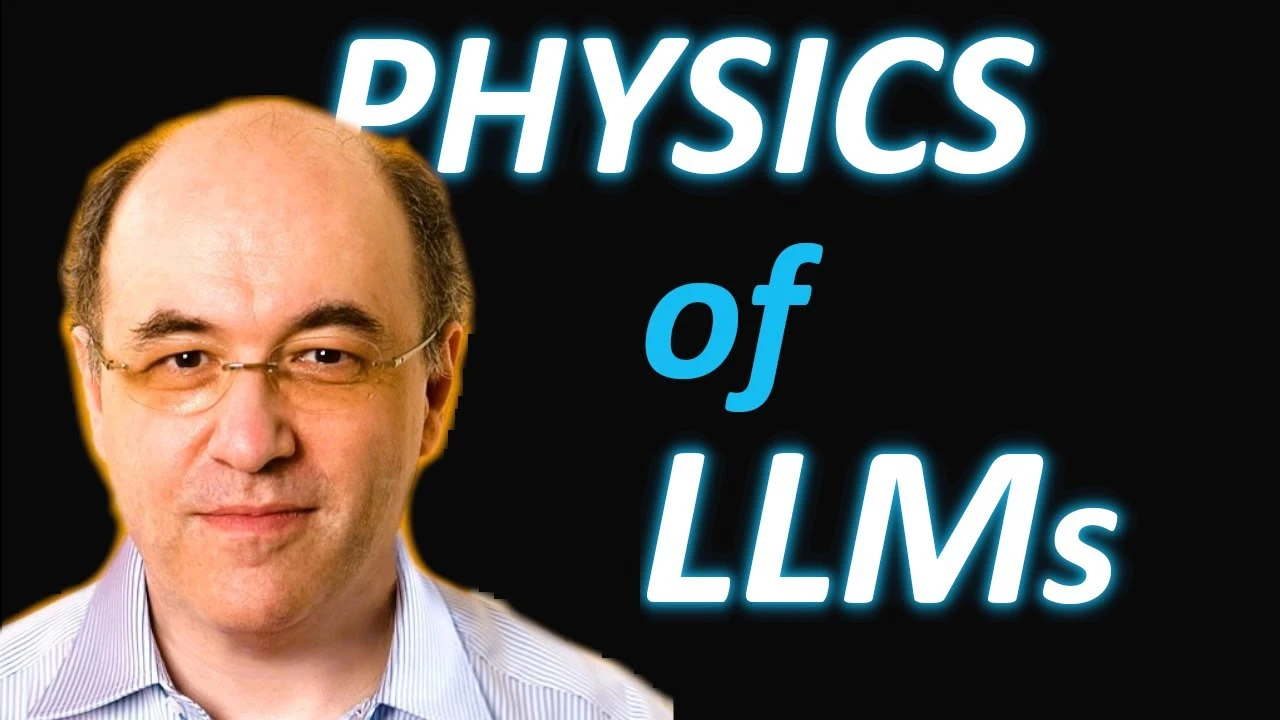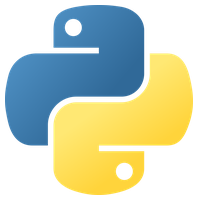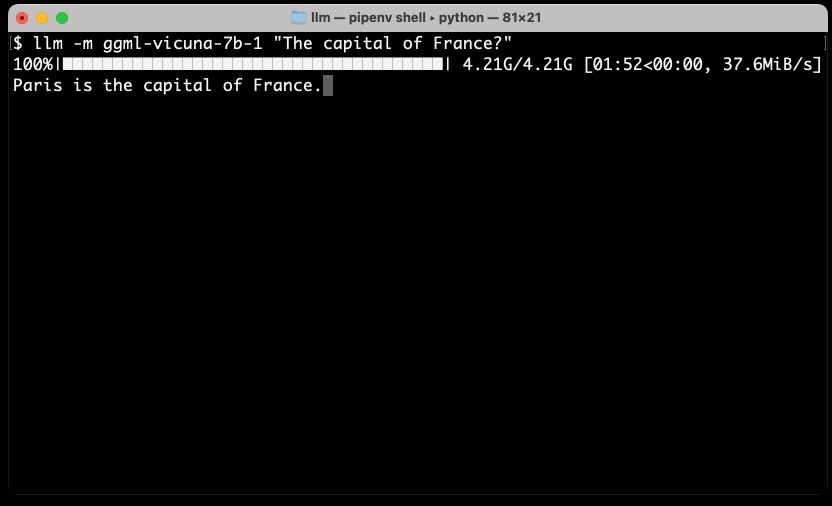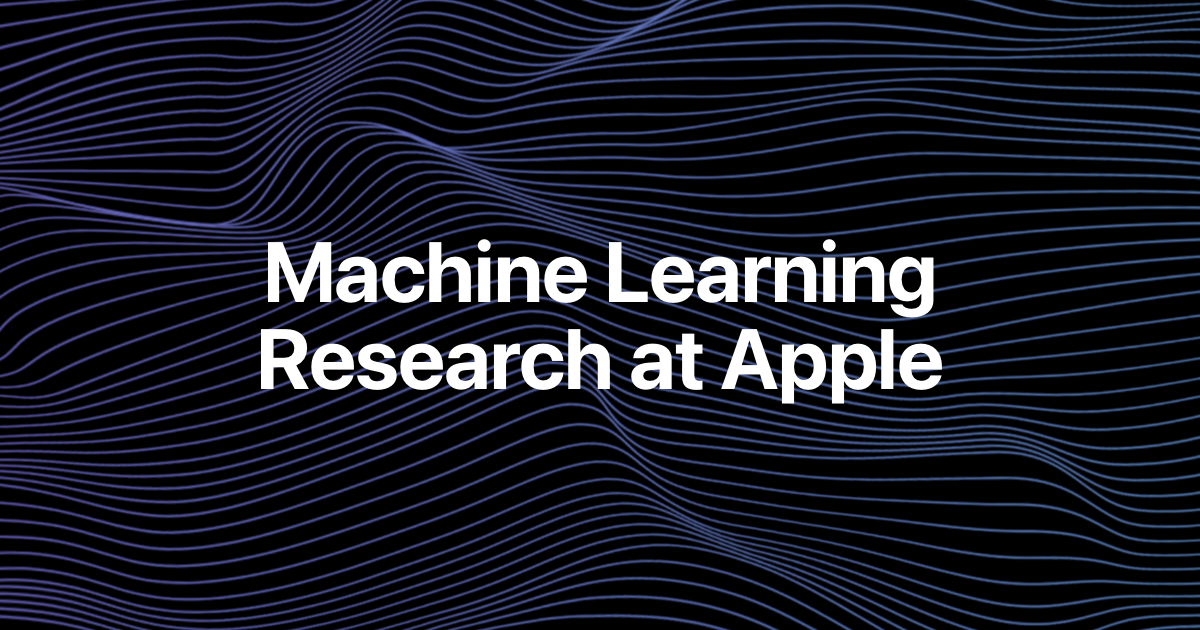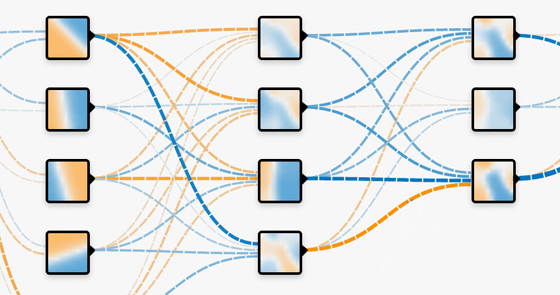Learn Machine Learning
Kernel methods give a systematic and principled approach to training learning machines and the good generalization performance achieved can be readily justified using statistical learning theory or Bayesian arguments. We describe how to use kernel methods for classification, regression and novelty detection and in each case we find that training can be reduced to optimization of a convex cost function.
If you've ever asked yourself: "How do I choose the covariance function for a Gaussian process?" this is the page for you. Here you'll find concrete advice on how to choose a covariance function for your problem, or better yet, make your own.
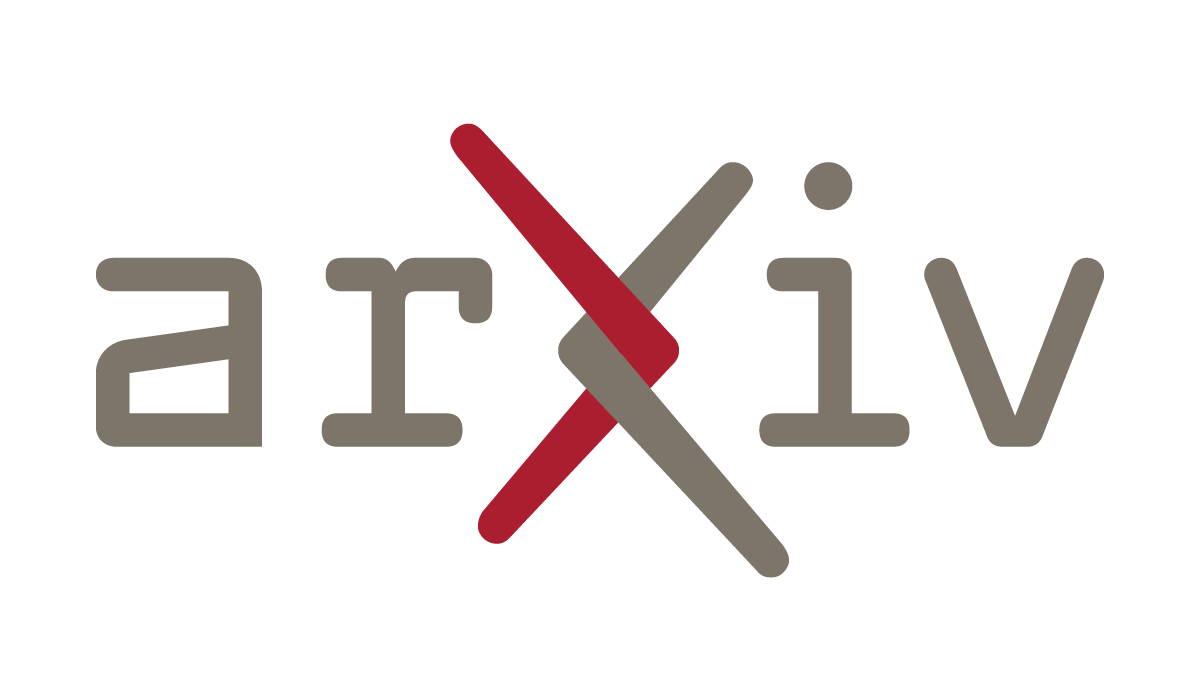 arxiv.org
arxiv.org
This tutorial aims to provide an intuitive understanding of the Gaussian processes regression. Gaussian processes regression (GPR) models have been widely used in machine learning applications because of their representation flexibility and inherent uncertainty measures over predictions.
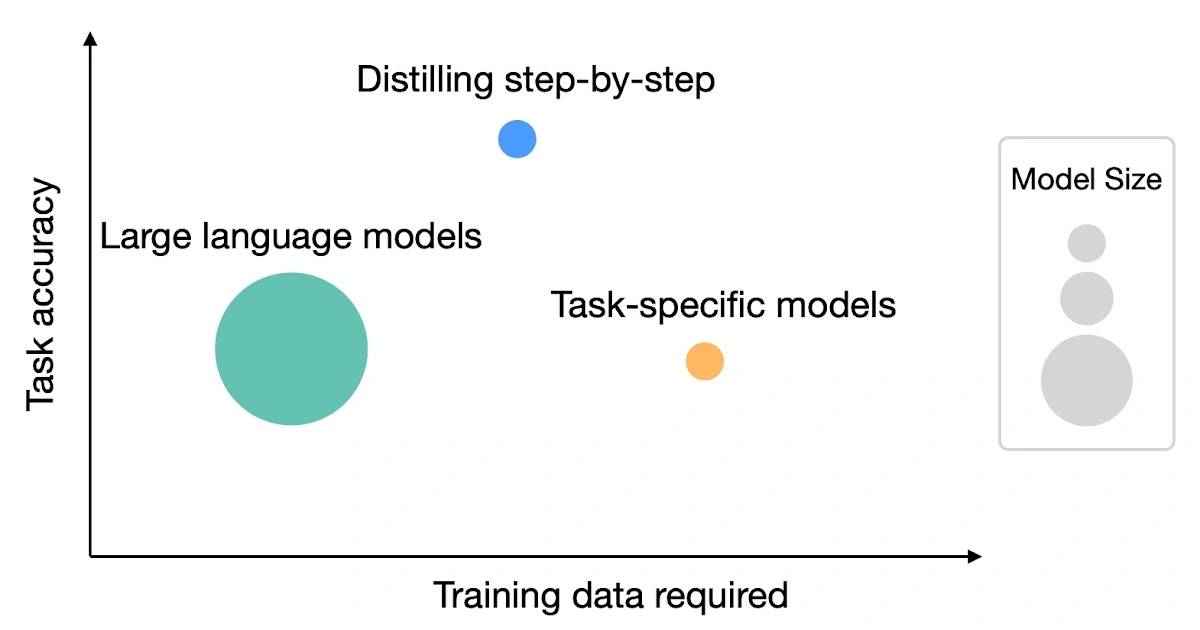 blog.research.google
blog.research.google
Large language models (LLMs) are data-efficient but their size makes them difficult to deploy in real-world scenarios. "Distilling Step-by-Step" is a new method introduced by Google researchers that enables smaller models to outperform LLMs using less training data. This method extracts natural language rationales from LLMs, which provide intermediate reasoning steps, and uses these rationales to train smaller models more efficiently. In experiments, the distilling step-by-step method consistently outperformed LLMs and standard training approaches, offering both reduced model size and reduced training data requirements.
 pair-code.github.io
pair-code.github.io
Has nice interactive examples and UMAP vs t-SNE

https://duckai.org/ cross-posted from: https://lemmy.intai.tech/post/134262 > DuckAI is an open and scalable academic lab and open-source community working on various Machine Learning projects. Our team consists of researchers from the Georgia Institute of Technology and beyond, driven by our passion for investigating large language models and multimodal systems. > > Our present endeavors concentrate on the development and analysis of a variety of dataset projects, with the aim of comprehending the depth and performance of these models across diverse domains. > > Our objective is to welcome people with a variety of backgrounds to cutting-edge ML projects and rapidly scale up our community to make an impact on the ML landscape. > > We are particularly devoted to open-sourcing datasets that can turn into an important infrastructure for the community and exploring various ways to improve the design of foundation models.
 ocw.mit.edu
ocw.mit.edu
Broadly speaking, Machine Learning refers to the automated identification of patterns in data. As such it has been a fertile ground for new statistical and algorithmic developments. The purpose of this course is to provide a mathematically rigorous introduction to these developments with emphasis on methods and their analysis.
Includes lectures, lecture notes and assignments. Lectures for Deep Learning: https://www.youtube.com/playlist?list=PLMsTLcO6etti_SObSLvk9ZNvoS_0yia57 Lectures for Reinforcement Learning: https://www.youtube.com/playlist?list=PLMsTLcO6ettgmyLVrcPvFLYi2Rs-R4JOE
Coding nowadays is a big part of ML and while it's important that the model works well, it's also important that the code is written properly too. Link is the general python version, ML-specific version here: https://github.com/davified/clean-code-ml Video version: https://bit.ly/2yGDyqT
Introduces neural networks, the convolution operation, a few critical machine learning concepts and some state-of-the-art CNN models. Includes a hands-on Matlab tutorial (and code) demonstrating the model configuration, training process, and performance evaluation using the MNIST dataset.
This tutorial describes the process for the state of charge (SOC) estimation of Li-Ion cells using an equivalent circuit model. It helps students create and run a SOC estimation strategy based on the 3rd-order R-RC model in MATLAB-Simulink. The tutorial starts with a general overview of state estimation using the extended Kalman filter (EKF) and the novel smooth variable structure filter (SVSF) method.
I'm not sure if I'd call a 10+ page pdf a "cheat sheet" but they are good resources

Can't say I agree with all of this 100% (I'd put backpropagation in the math side, add in model evaluation, remove convex optimization, etc) plus it's kind of an oversimplification but the basics are there
Lecture notes: https://www.cs.cornell.edu/courses/cs4780/2018fa/syllabus/ Recorded lectures: https://www.youtube.com/playlist?list=PLl8OlHZGYOQ7bkVbuRthEsaLr7bONzbXS

cross-posted from: https://lemmy.intai.tech/post/40699 > ## Models > - [opnechat](https://huggingface.co/openchat/openchat) > - [openchat_8192](https://huggingface.co/openchat/openchat_8192) > - [opencoderplus](https://huggingface.co/openchat/opencoderplus) > > ## Datasets > - [openchat_sharegpt4_dataset](https://lemmy.intai.tech/post/40692) > > ## Repos > - [openchat](https://github.com/imoneoi/openchat) > > ## Related Papers > - [LIMA Less is More For Alignment](https://lemmy.intai.tech/post/10277) > - [ORCA](https://lemmy.intai.tech/post/650) > > > ### Credit: > [Tweet](https://twitter.com/Yampeleg/status/1675165254144126978) > > ### Archive: > @Yampeleg > The first model to beat 100% of ChatGPT-3.5 > Available on Huggingface > > 🔥 OpenChat_8192 > > 🔥 105.7% of ChatGPT (Vicuna GPT-4 Benchmark) > > Less than a month ago the world witnessed as ORCA [1] became the first model to ever outpace ChatGPT on Vicuna's benchmark. > > Today, the race to replicate these results open-source comes to an end. > > Minutes ago OpenChat scored 105.7% of ChatGPT. > > But wait! There is more! > > Not only OpenChat beated Vicuna's benchmark, it did so pulling off a LIMA [2] move! > > Training was done using 6K GPT-4 conversations out of the ~90K ShareGPT conversations. > > The model comes in three versions: the basic OpenChat model, OpenChat-8192 and OpenCoderPlus (Code generation: 102.5% ChatGPT) > > This is a significant achievement considering that it's the first (released) open-source model to surpass the Vicuna benchmark. 🎉🎉 > > - OpenChat: https://huggingface.co/openchat/openchat > - OpenChat_8192: https://huggingface.co/openchat/openchat_8192 (best chat) > - OpenCoderPlus: https://huggingface.co/openchat/opencoderplus (best coder) > > - Dataset: https://huggingface.co/datasets/openchat/openchat_sharegpt4_dataset > > - Code: https://github.com/imoneoi/openchat > > Congratulations to the authors!! > > --- > > [1] - Orca: The first model to cross 100% of ChatGPT: https://arxiv.org/pdf/2306.02707.pdf > [2] - LIMA: Less Is More for Alignment - TL;DR: Using small number of VERY high quality samples (1000 in the paper) can be as powerful as much larger datasets: https://arxiv.org/pdf/2305.11206

cross-posted from: https://lemmy.intai.tech/post/24579 > https://github.com/microsoft/Data-Science-For-Beginners

cross-posted from: https://lemmy.intai.tech/post/21511 > https://skim.math.msstate.edu/LectureNotes/Machine_Learning_Lecture.pdf

cross-posted from: https://lemmy.intai.tech/post/17993 > https://huggingface.co/spaces/mosaicml/mpt-30b-chat

cross-posted from: https://lemmy.intai.tech/post/18067 > https://twitter.com/FrnkNlsn/status/1520585408215924736 > > https://www.researchgate.net/publication/327304999_An_Elementary_Introduction_to_Information_Geometry > > https://www.researchgate.net/publication/357097879_The_Many_Faces_of_Information_Geometry > > https://franknielsen.github.io/IG/index.html > > https://franknielsen.github.io/GSI/ > > https://www.youtube.com/watch?v=w6r_jsEBlgU&embeds_referring_euri=https%3A%2F%2Ftwitter.com%2F&source_ve_path=MjM4NTE&feature=emb_title
From Nature.com - Statistics for Biologists. A series of short articles that are a nice introduction to several topics and because the audience is biologists, the articles are light on math/equations.
Bing, ChatGPT, etc.
This paper highlights an issue that many people don't think about. Fyi when trying to compare or reproduce results, always try to get the dataset from the same source as the original author and scale it in the same way. Unfortunately, many authors assume the scaling is obvious and don't include it but changes in scaling can lead to very different results.

